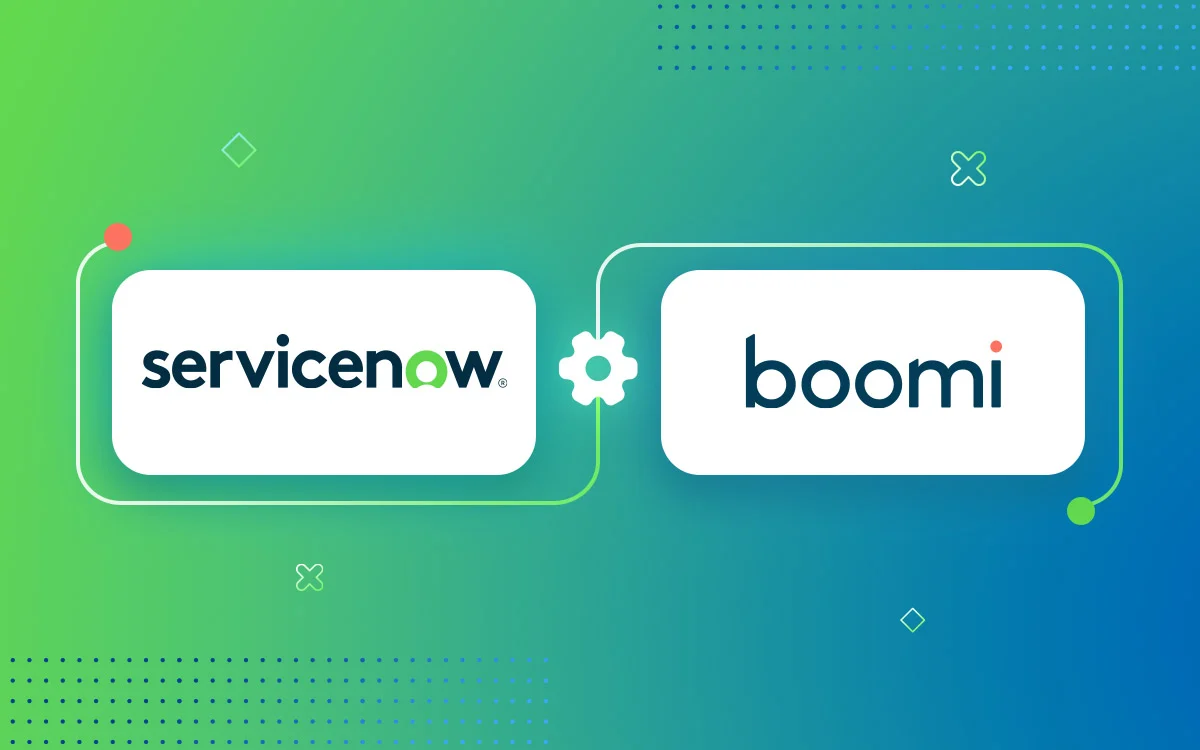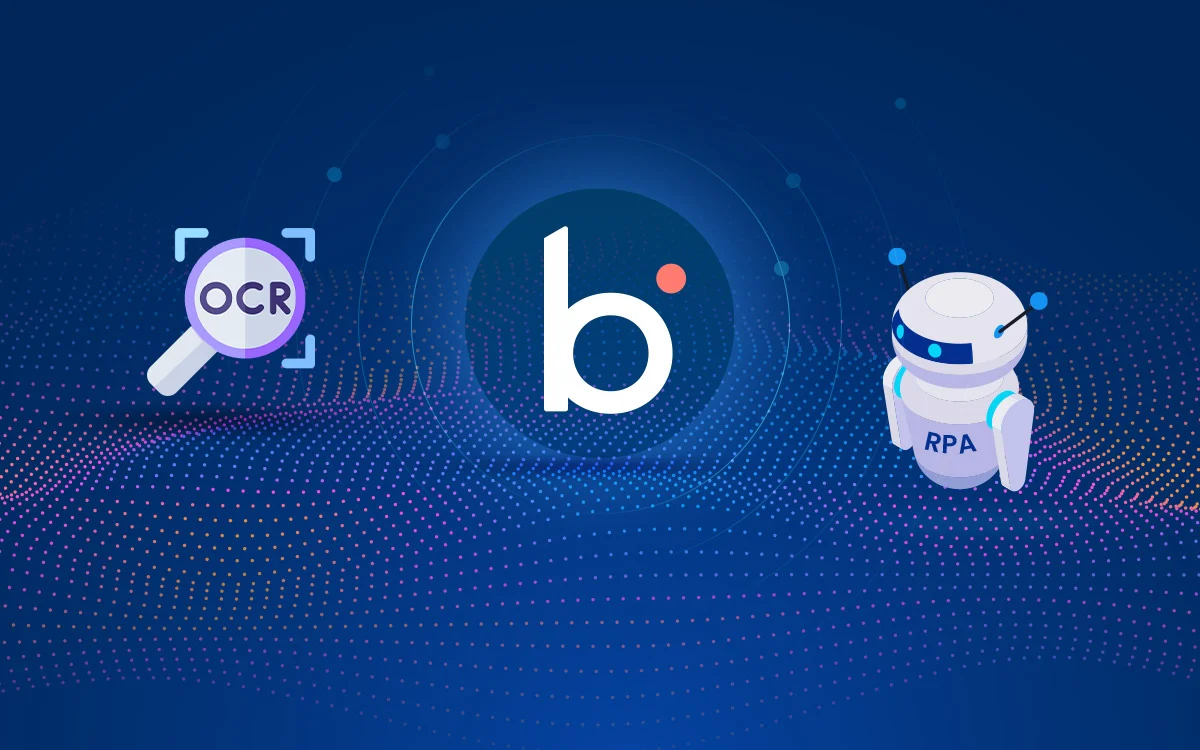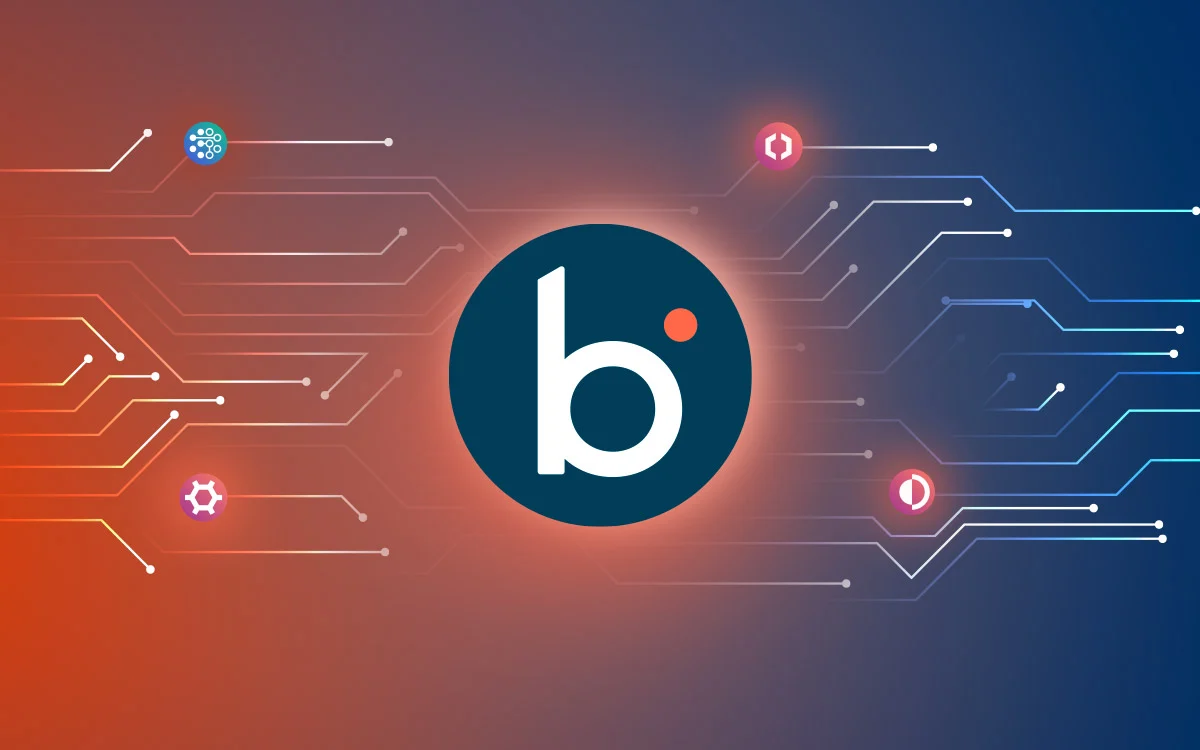Introduction
Imagine relying on ServiceNow for IT service management and customer support operations – yet struggling with manual processes and disconnected data. ServiceNow is known to automate business workflows and improve business operations. However, working in isolation can limit the functionalities of this cloud-based platform, creating data silos, slowing down processes and limiting business opportunities to grow.
This is where Boomi steps in as the industry-leading integration platform to integrate ServiceNow with your enterprise ecosystem seamlessly. Boomi ServiceNow integration connects all the core systems, eliminates inefficiencies, automates workflows, and ensures real-time data exchange among all stakeholders. The easy-to-use interface and built-in capabilities make Boomi accessible to a wider audience.
Businesses need not invest in hiring experts to maximise their potential; a reliable and experienced Boomi Partner can help you use this iPaaS based on your business requirements.
Read More: Boomi Consulting Companies: How to Find the Best Partner for Scalable Integration in 2025?
Explore further to understand ServiceNow Boomi Integration is essential to scale effortlessly and drive productivity. Address all the challenges of standalone ServiceNow implementation and enhance enterprise-wide connectivity, automation and scalability.
Why to Integrate ServiceNow?
ServiceNow is a robust platform that helps businesses streamline workflows and enhance service delivery. However, standalone ServiceNow has numerous challenges and quickly reveals the platform’s limitations, leading to inefficiencies. Besides this, ServiceNow implementation requires a deep understanding of the platform and the investment of additional resources.
Here are some common challenges of Standalone ServiceNow Implementation:
- Over-Customisation of Processes
Some organisations failed to leverage ServiceNow’s capabilities due to its constant customisation to meet unique departmental needs. This customisation often creates excessively intricate workflows and configurations, which become challenging to maintain and update later.
This complexity introduced by customisations creates dependencies and requires more time and labour to ensure custom code for the upgrade. The pursuit of perfect individual alignment compromises the ServiceNow platform’s efficiency and adaptability.
- Data Silos
When your ServiceNow platform is operating independently, it can create data silos and information remains fragmented across various systems. This prevents the unified view of data and business operations, which affects informed decision-making.
Besides this, a lack of data integration hinders cross-department collaboration, resulting in every department relying on different and outdated data. This inability to consolidate data often prevents the whole system from gaining meaningful insights and working towards the organisation’s common goal. - Complicated Workflows
ServiceNow suffers from inefficient workflows due to its lack of connectivity with other essential business applications. Data transfer requires manual intervention, leading to errors and poor data accuracy.
Manual entry affects the data accuracy and consumes time and effort to share the same data with all the departments. Lack of real-time and unified data results in poor decision-making and efficiency of the whole system.
- Lack of Professional Support
ServiceNow implementation customisation often deviates your business from standard configuration and requires professional support. This uniqueness further leads experts to work on troubleshooting issues or implementing changes.
Finding professional help for customised systems is time-consuming and costly, and it results in downtime and disruptions. This lack of support can leave organisations with technical challenges that affect the overall efficiency of the ServiceNow platform. - Scalability Issues
Without integration, ServiceNow struggles to maintain performance and stability during business growth. As the data volume and user base increase, your system should be ready to scale and respond quickly to avoid slowdowns, downtime, and performance bottlenecks.
This lack of scalability of standalone ServiceNow limits your business growth and prevents you from adapting to market demands. Integration ensures that you can leverage ServiceNow’s full potential to create a scalable solution. - Limited Integration Options
Another challenge of ServiceNow is the limited integration options. Sometimes, ServiceNow does not integrate with an organisation’s tools and platforms.
This can limit the organisation’s opportunities to grow and scale using the best tools. It is usually advised to integrate ServiceNow with a reliable iPaaS solution to ensure that this platform can be connected with all types of tools, applications, and systems.
How Integration enhances ServiceNow capabilities?
ServiceNow Boomi integration can address all the platform challenges and enhance capabilities, such as connectivity, data sharing, and scalability. Here are a few benefits of ServiceNow integration:
1. Reduce Process Complexity
By integrating ServiceNow with other systems, you can reduce the load of certain processes and manage data tasks better without excessive customer code within ServiceNow. This streamlines the whole process and makes it a manageable platform.
2. Reduce Dependency on Expertise
Boomi ServiceNow integration can promote a more standardised ServiceNow environment by reducing the need for heavy customisation and promoting data flow among systems. It simplifies support and maintenance without requiring troubleshooting and implementation changes.
3. Expand Functionality and Connectivity
Integration addresses ServiceNow’s connectivity challenges by allowing it to connect with a wide range of applications and systems. This expands the platform’s functionality and ensures seamless data exchange so organisations can leverage best-of-breed tools and create a connected ecosystem.
Read More: Top 10 Reasons Boomi iPaaS is the Preferred Integration Solution for Enterprises
4. Enhance Compliance and Security
By automating workflows, integration ensures data consistency and accuracy. It also manages data governance and compliance to ensure data security during transactions.
5. Real-time Reporting and Analytics
The real-time data flow with a unified view ensures that all departments and stakeholders have access to updated data. This helps them gain valuable insights into business performance and create comprehensive reports and dashboards to understand the ongoing operations and potential scope of improvements.
6. Cost Reduction
By automating processes, integration reduces the dependency on manual labour and efforts to transfer data. This reduces operational costs and also leads to faster resolution times and reduced downtime. Moreover, when you integrate ServiceNow with a cloud-based solution, it also eliminates the need to invest in any infrastructure during scalability.
How Boomi Enhances ServiceNow Capabilities Post-Integration?
ServiceNow is a cornerstone for many enterprises, streamlining service management and workflows. But its true power is unleashed when integrated with the broader digital ecosystem. The strategic partnership between ServiceNow and Boomi is designed to achieve post-integration capabilities by creating a seamless flow of data and processes.
ServiceNow and Boomi Partnership: A Strategic Alliance for Seamless Connectivity
ServiceNow and Boomi partnered to transform customer experiences through AI-powered self-service and enhanced automation. The collaboration aims to address the enterprise struggles related to manual processes, data silos and fragmented systems. This partnership is working to provide better operational efficiency with higher customer satisfaction.
Key Highlights of the Partnership
- AI-Powered Self-Service
AI-powered self-service is one of the partnership’s focus, allowing customers to access information and resolve issues quickly. ServiceNow’s Technology Provider Service Management provides a platform for streamlining service delivery and support.
- Boomi as a Key ServiceNow Customer
Boomi improves ServiceNow’s customer support and self-service by using its Now platform and App Engine. By building workflows into Boomi Master Data Hub, Boomi creates a more intuitive and user-friendly experience.
- API Management Integration
ServiceNow Automation with Boomi’s next-generation API Management gives users better visibility across their API landscape and improves governance. This centralised view allows creators complete control over discovering and securing their APIs.
- Addressing Data Silos and Manual Processes
Boomi and ServiceNow aim to improve collaboration and operational efficiency by addressing the challenges like data silos and manual processes.
- Focus on Customer Experience
This partnership aims to improve customer experiences by providing simple, agile, and easy-to-use solutions. AI acts as a catalyst to enhance collaboration and connection.
Different ways to Connect ServiceNow with Boomi?
There are numerous ways to connect ServiceNow with Boomi. However, the most common ones use the Boomi ServiceNow connector and direct API integration. Each method caters to different integration needs and offers unique advantages.
-
Boomi ServiceNow Connector
Boomi has a dedicated ServiceNow connector to simplify data exchange. It handles the underlying complexities by acting like an abstraction layer to ensure swift data movement. Boomi ServiceNow rest connector also simplifies mapping data fields and integration and allows real-time browsing of ServiceNow interfaces.
This connector is best when you want rapid integration deployment and standardised data exchange and require a user-friendly interface to connect ServiceNow with multiple other applications. -
Boomi API Integration
Boomi API integration offers a more flexible and customisable approach, leveraging ServiceNow’s robust API framework. ServiceNow provides comprehensive REST and SOAP APIs, enabling external systems like Boomi to access and manipulate data directly. This method allows for highly tailored integrations, catering to complex requirements and real-time data synchronisation needs.
By utilising Boomi’s API integration capabilities, you can create event-driven integrations, triggering workflows based on specific actions within ServiceNow. This method is preferred when you require granular control over data exchange, complex workflow automation, and real-time integration with ServiceNow.
Benefits of ServiceNow Integration with Boomi
Boomi integration enhances ServiceNow’s capabilities by connecting ServiceNow with all applications, providing an easy-to-use interface, and offering advanced automation capabilities. Boomi ensures that you maximise ServiceNow’s potential and do not miss an opportunity to scale when the business grows.
Here are the reasons why you should invest in Boomi ServiceNow integration:
- Data Migration – Data migration is the real challenge when shifting from legacy systems to modern applications or integrating an iPaaS solution like Boomi with ServiceNow. Boomi leverages its data mapping and transformation tools to clean, validate, and convert data into the required format to ensure easy migration without data loss.
- Low-Code Development – The low code development makes Boomi accessible and easy to use for all. It eliminates the need for an experienced coder and developer to integrate ServiceNow using Boomi. The no-code environment accelerates integration with a drag-and-drop interface and pre-built connectors. Boomi makes integration available for all without investing in external resources.
- Rapid Deployment – Boomi’s low-code interface and pre-built connectors accelerate integration development and deployment. IT professionals and citizen integrators can quickly build and deploy integrations, reducing time-to-value. This reduces the dependency on developers or coding experts and ensures that anyone can do development with Boomi knowledge.
- Data Quality and Governance – Boomi’s data mapping and transformation tools ensure data accuracy, consistency and reliability across the system. Boomi integration with ServiceNow provides capabilities of data cleansing, validation and standardisation to eliminate data silos and enhance overall information quality.
Boomi ensures unified compliance with data governance policies and provides auditing and logging capabilities to enhance data security and accountability.
- API Management – Boomi API management simplifies API creation, deployment, and management. Businesses can expose ServiceNow data and functionalities to other applications and partners for secure and scalable API interactions. Boomi’s APIIM also offers monitoring and logging features.
- Enterprise Connectivity – Boomi’s extensive library of connectors enables seamless integration of ServiceNow with a wide range of applications. This connectivity breaks down data silos and enables cross-functional collaboration. Boomi can connect your legacy system with cloud-based applications and on-premise databases to create a truly connected enterprise.
Industry Use Cases of ServiceNow Boomi Integration
ServiceNow is used in many industries for different functionalities like – finance, healthcare and supply chain management. When integrated with Boomi, ServiceNow can create a more connected and secure ecosystem to share data across the organisation.
Read More: A Comprehensive Boomi Salesforce Integration Guide
1. Financial Services
Seamless data flow and compliance are paramount in the world of financial services. Boomi connects core banking systems, CRM, and regulatory compliance tools with ServiceNow for seamless data exchange. This integration ensures customer onboarding, fraud detection, and regulatory reporting. Data security is critical in financial procedures.
Boomi triggers a service request in ServiceNow for IT onboarding and access provisioning when a new customer account is created in the core banking system. This ensures that the onboarding process is quick and safe, enhancing the customer experience by providing a unified view of customer data and service interaction across all systems.
During the high volumes and customer requests, Boom integration manages it well with automation and high-level security.
2. Healthcare
Healthcare organisations find managing the vast amount of patient data challenging. The data is scattered across multiple systems, such as electronic health records (EHRs), patient portals, and medical devices. Boomi ServiceNow integration ensures seamless data exchange between these systems and ServiceNow, enhancing patient care and operational efficiency.
For instance, when a medical device monitors a patient’s vital signs, Boomi automatically updates the patient record in the EHR and creates a service request in ServiceNow if the situation is alarming. This quick update enables proactive patient monitoring, faster response times, and improved care coordination to create a healthier and patient-centric ecosystem.
Read More: Boomi vs MuleSoft: Choosing the Best iPaaS for Enterprise Integration
Data compliance and security are also more critical in the healthcare industry, and Boomi ensures compliance with all regulatory requirements.
3. Manufacturing
Integration of diverse systems like ERP, supply chain management, and IoT platforms with ServiceNow is crucial in the manufacturing industry to optimise production and maintain processes. Boomi allows manufacturers to create a connected factory ecosystem.
For example, if a sensor on a production machine detects a potential failure, Boomi automatically creates a work order in ServiceNow for preventive maintenance. This quick response reduces further downtime, enhances equipment reliability, and improves overall production efficiency.
Boomi integration with ServiceNow can handle large volumes of data coming from different IoT devices and connect them with legacy manufacturing systems.
Conclusion
ServiceNow is itself a powerful platform for managing IT service management and customer support operations. However, managing ServiceNow implementation is a complex process. Businesses need to invest in experts to maximise their potential. Moreover, customisation makes it more complicated, requiring regular updates and maintenance. This time-consuming process keeps your resources engaged in one process only.
Boomi offers a powerful integration solution to organisations looking to streamline their operations, enhance data visibility across all core systems, and drive digital transformation. It addresses all the complications of ServiceNow and ensures seamless data migration while connecting with new applications and systems.
However, to maximise the potential of Boomi ServiceNow integration, you must invest in hiring a Boomi partner to ensure that your business is responsive to market demands and ready to scale.
FAQs
1. How can I monitor and troubleshoot integration errors between Boomi and ServiceNow?
A – You can use Boomi’s reporting process and logging features to monitor and troubleshoot integration errors. These features provide a detailed insight into the integration process to identify and track the errors. However, it is essential to implement error handling with the Boomi process. You can hire a Boomi Partner to resolve all the errors quickly.
2. What are the initial steps to get started with basic workflows in Boomi Flow for ServiceNow integration?
A—For Boomi ServiceNow integration, create a new workflow application in Boomi Flow and select ServiceNow as a data source. To connect your ServiceNow instance, configure the necessary authentication credentials and define the operations you want to perform in ServiceNow. Finally, Boomi Flow’s visual designer will be used to build workflow logic. If you are still struggling, connect with us to find a reliable solution.
3. How can I connect Boomi with ServiceNow?
A – There are two ways to connect ServiceNow with Boomi – Boomi ServiceNow connector and API integration. With the Boomi ServiceNow connector, you can simplify interacting with ServiceNow and exchange data. API integration is to interact with ServiceNow’s REST and SOAP APIs directly.
4. What are the benefits of the Boomi and ServiceNow partnership?
A – Boomi and ServiceNow partnership is increasing the benefits of integration by providing AI-powered self-service, better customer support and streamlining API management. This partnership addresses the data silos and drives collaboration through intelligent automation. Facilitates seamless data migration, ensures data quality, and enables real-time integration, ultimately driving operational efficiency and improving customer experiences with Boomi ServiceNow collaboration.
5. How do you integrate ServiceNow with other applications?
A—While ServiceNow excels at offering valuable capabilities, it is limited when it comes to connecting with third-party applications. Boomi iPaaS is a robust solution for connecting with multiple applications, whether cloud-based, on-premise, or legacy systems. Boomi simplifies complex integration through its easy-to-use interface.








